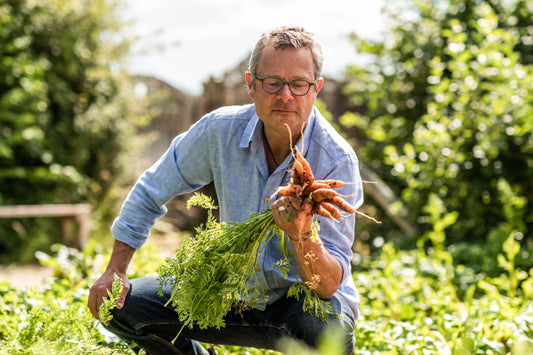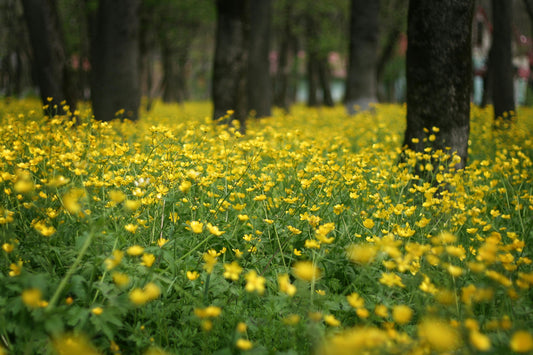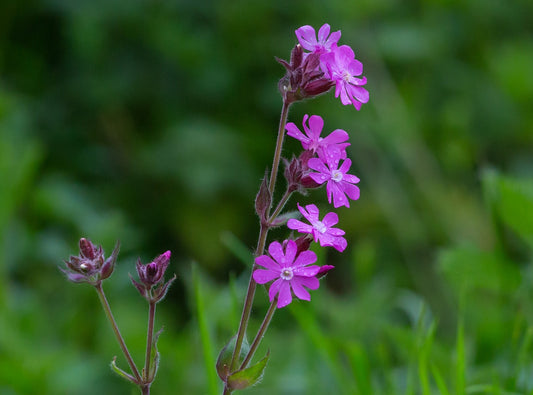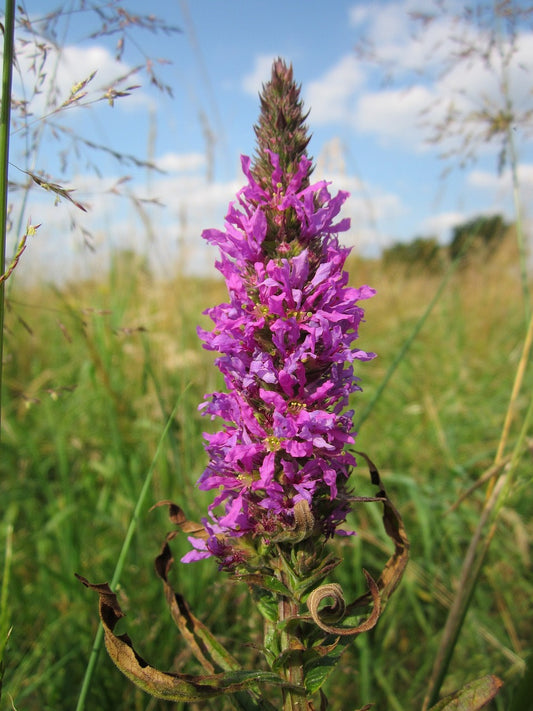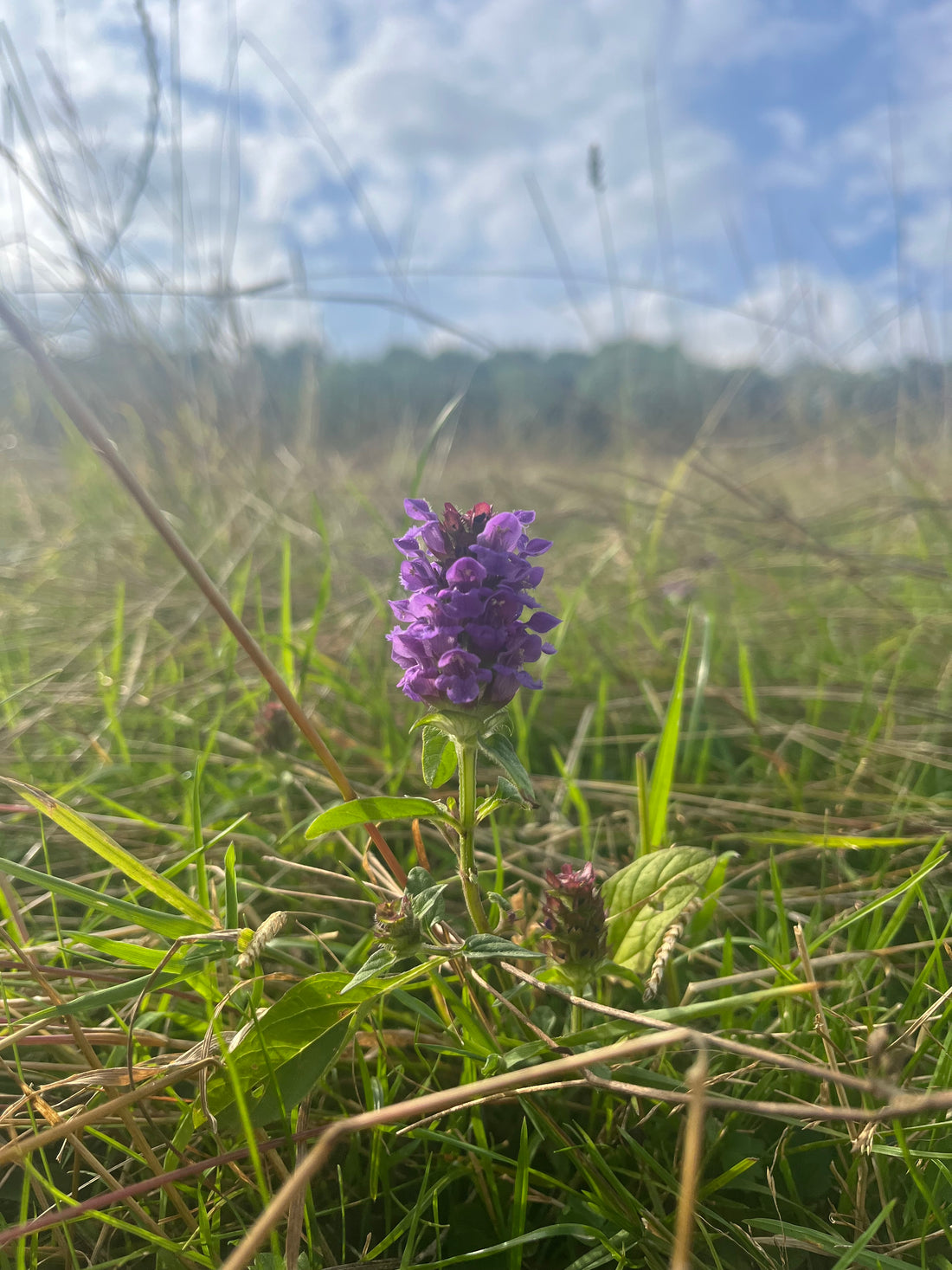
Unlock the Healing Powers of Your Garden: A Guide to Planting Self-Heal
Planting Self-Heal: A Comprehensive Guide to Growing This Medicinal Herb
Self-Heal (Prunella vulgaris) is a valuable addition to any garden, renowned for its medicinal properties and charming appearance. This guide will provide you with essential tips for successfully planting and nurturing Self-Heal in your garden.
What is Self-Heal?
Self-Heal, or Prunella vulgaris, is a perennial herb native to Europe, Asia, and North America. It is valued for its historical use in herbal medicine, particularly for its soothing and healing properties. The plant features distinctive, spike-like clusters of purple flowers and lance-shaped leaves, adding both beauty and utility to your garden.
Why Grow Self-Heal in Your Garden?
Growing Self-Heal offers numerous benefits. Beyond its medicinal uses, this herb attracts pollinators like bees and butterflies, enhancing the biodiversity of your garden. Its low-maintenance nature makes it suitable for various garden types, and it can be used in herbal teas and remedies.
Best Time to Plant Self-Heal
The ideal time to plant Self-Heal seeds is in spring or autumn. Spring planting allows the herb to establish itself before the growing season, while autumn planting gives the seeds a chance to undergo natural stratification over winter.
Choosing the Right Location for Self-Heal
Self-Heal thrives in a sunny to partially shaded spot. It prefers well-drained soil but is tolerant of a range of soil types. Ensure the planting area has good drainage to prevent root rot and encourage healthy growth.
Preparing the Soil for Self-Heal
1. Soil Preparation: Clear the planting area of weeds and debris. Loosen the soil to a depth of about 15 cm (6 inches) and incorporate organic matter or compost to improve soil fertility and drainage.
2. Soil pH: Self-Heal prefers a slightly acidic to neutral pH. Aim for a pH range of 6.0 to 7.0 for optimal growth.
How to Sow Self-Heal Seeds
1. Sowing Seeds: Scatter the Self-Heal seeds evenly over the soil surface. Press them lightly into the soil or cover with a thin layer of compost. The seeds require light to germinate, so avoid planting them too deeply.
2. Watering: Keep the soil consistently moist until germination. Once established, Self-Heal is relatively drought-tolerant but benefits from occasional watering during dry spells.
Caring for Self-Heal Plants
Once established, Self-Heal requires minimal care. Regular weeding and occasional watering during dry periods will help keep the plants healthy. Consider mulching around the plants to retain soil moisture and suppress weeds.
Common Pests and Diseases
Self-Heal is generally resistant to pests and diseases. However, watch out for aphids and fungal diseases. Maintaining good garden hygiene and ensuring proper spacing between plants can help prevent these issues.
Harvesting Self-Heal
Harvest Self-Heal leaves and flowers when the plant is in full bloom. The leaves and flowers can be used in herbal teas, tinctures, and salves. For the best flavour and potency, harvest in the morning after the dew has dried.
Companion Plants for Self-Heal
Self-Heal pairs well with other medicinal and culinary herbs such as chamomile, mint, and lavender. These companions can create a diverse and beneficial herb garden.
Conclusion
Planting Self-Heal is a wonderful way to add both beauty and functionality to your garden. With its low-maintenance requirements and medicinal benefits, Self-Heal is an excellent choice for gardeners looking to enhance their outdoor space. Follow these guidelines for successful planting and enjoy the many benefits of this remarkable herb.
Happy gardening, and may your Self-Heal flourish!

